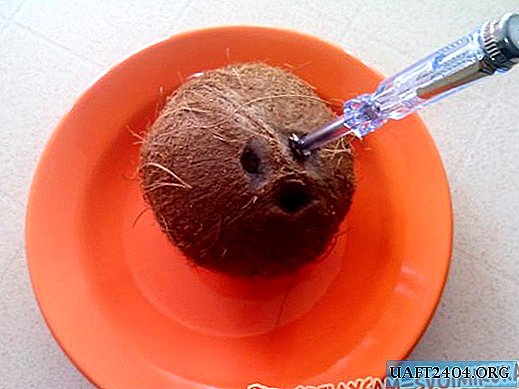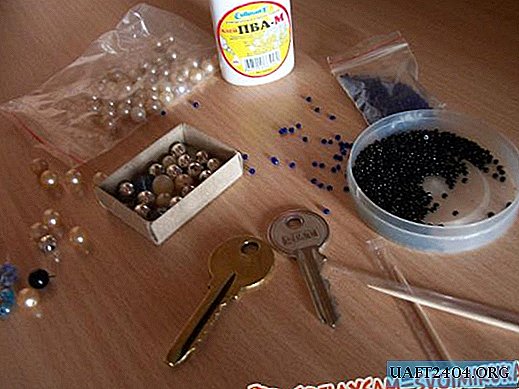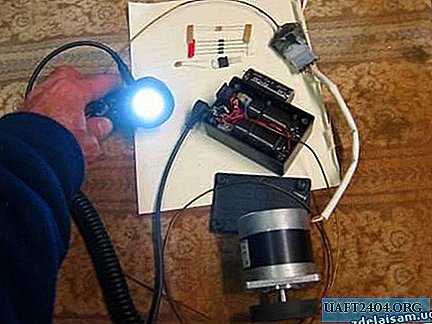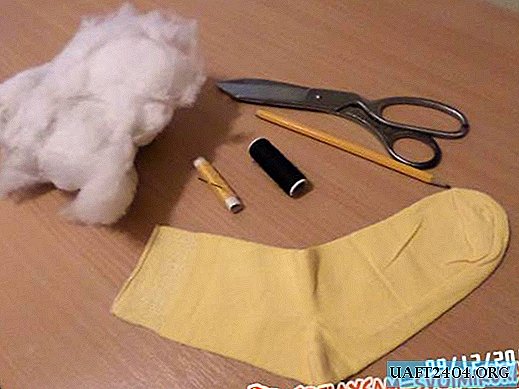Share
Pin
Tweet
Send
Share
Send
To get such a unique care product, now you do not have to go to the tropics or scour the shops and pharmacies of your city, and then also pay a rather high price. Today we will learn how to make such oil with our own hands at home! Without spending a lot of money and effort, and without using any hard-to-reach ingredients. Moreover, having made it yourself, you will know for sure that this product is 100% natural, without any dyes, fragrances and thickeners that are used in store products.
All we need is a regular coconut, available in almost any supermarket. Just like it is sold with us - brown. In those countries where they grow, the local population no longer uses such coconuts for food and does not drink their juice. Since it is considered already an old coconut. It is hardened both on the outside (its shell) and inside - there is practically no coconut milk there, and what is already not as tasty as in young coconuts. And the flesh of the old coconut is already completely hard. Such coconuts in the tropics are already used only for the manufacture of coconut chips or cosmetics, the same coconut oil. It is impossible to make it from a young, green coconut - its flesh is current and soft, not yet saturated with coconut milk. In the old, brown coconut, milk is much less because it is practically absorbed into the flesh of the coconut, saturating it with its fat content and nutritional value. All this in this case, we are only at hand for you - it is the old brown coconut that we need.
So, take the brown coconut. On one side, it has three dark holes. Carefully pierce each of them with an awl or a thin screwdriver.

We pour coconut milk through these openings into the container and for the time being set aside - it will still be useful to us.

Coconut is tapped on all sides along the perimeter (along its "sides"), as a result of which, sooner or later, a transverse crack will necessarily go along it.

Now we get the fruit from the shell. We get a white flesh of coconut in a brown soft skin. We completely cut off this brown skin with a knife.


Three white flesh of coconut on a very fine grater.

Gently pour the resulting coconut flakes into coconut milk, which we poured out of the coconut before that. Mix to a more or less homogeneous mass and allow it to soak a little coconut milk and infuse.

After that, grind this mass in a juicer (or blender).

Ideally, if you have a juicer that immediately separates the juice from the pulp.

Juice is our oil. But, as a rule, a lot of it still remains in the resulting chips. Therefore, we will squeeze it out again, manually. Pour our shavings onto a clean cotton cloth or cheesecloth, wrap it and squeeze the remaining oil in it into a container where we keep the previously extracted oil.


We still have dry and crumbly coconut flakes in the fabric, which you can then use in cooking or mixed with honey as a body scrub. In the dishes, we have pure coconut oil in liquid form.

We cover liquid oil with something and leave it for 24 hours in the refrigerator.

After a day, the oil hardens and becomes solid. Only water settles at the bottom.

To drain the water, we pierce the upper hardened layer of oil with a wooden stick and carefully drain the water through the hole formed.

We can store the remaining oil in the refrigerator for about two weeks and use it as a cream, mask or balm. Have a nice use!


Share
Pin
Tweet
Send
Share
Send











